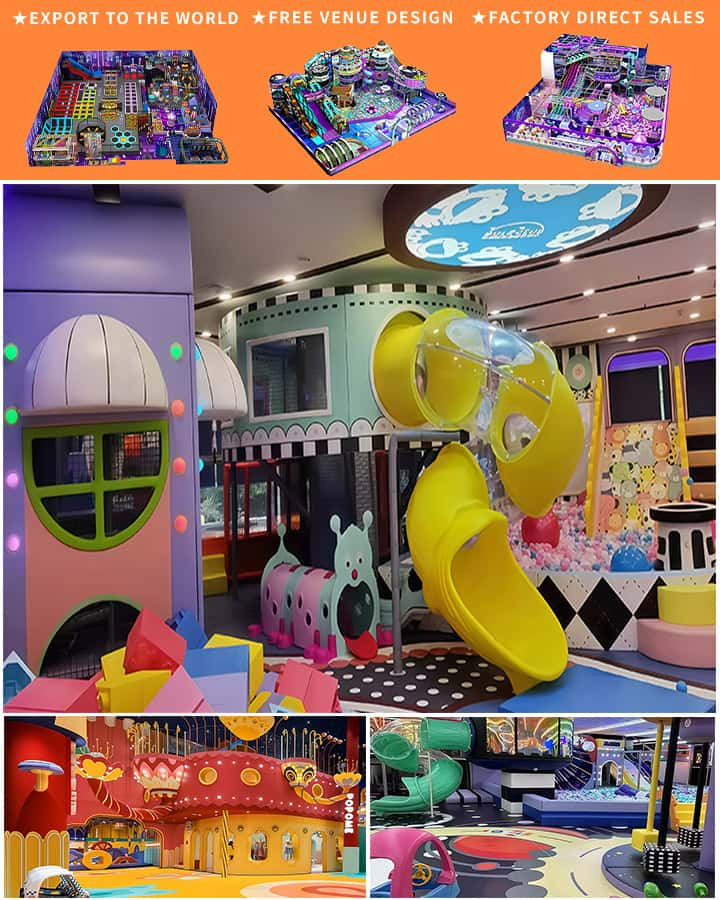Playgrounds are magical places filled with laughter, joy, and boundless energy. For preschool children, these playgrounds are not just spaces for amusement but essential environments that foster physical, social, and cognitive development. Engaging with playground equipment activities holds significant importance in early childhood education, helping young learners grow and thrive. This article explores various playground equipment activities suitable for preschoolers and highlights their benefits.
The Role of Playground Equipment in Early Development
Playground equipment provides a multi-faceted approach to learning through play. It supports the development of fine and gross motor skills, enhances coordination, balance, and strength, which are crucial during the formative preschool years. Moreover, playgrounds encourage social interaction, teaching children how to share, take turns, and cooperate with peers. These interactions help build friendships and develop crucial social skills necessary for emotional growth.
Swings: Flying High with Confidence
Swings are classic playground staples loved by children worldwide. They offer an excellent way to develop vestibular sense, which is vital for spatial orientation and balance. As children pump their legs to go higher, they engage core muscles and improve their coordination. Supervised swinging ensures safety and helps build self-assurance as children learn to control their movements and gradually gain height.
Slides: A Fun Descent into Learning

Slides are another beloved piece of playground equipment. Climbing to the top and then sliding down helps improve gross motor skills, such as climbing and descending, which require coordination and muscle control. It also introduces the concept of cause and effect—climbing up leads to the exhilarating slide down—stimulating cognitive development.
Climbing Structures: Building Strength and Problem-Solving Skills
Climbing structures like jungle gyms and ladder climbs challenge preschoolers physically and mentally. Navigating these structures requires planning, problem-solving, and decision-making. As children grasp, step, or hang from different parts of the structure, they strengthen their upper body muscles, enhance grip strength, and boost their confidence in navigating new challenges.
Seesaws: Balancing Act of Cooperation
Seesaws teach preschoolers about balance, timing, and cooperation. When one child goes up, the other comes down, requiring them to work together to create smooth motion. This activity promotes social interaction and understanding of give-and-take relationships. Additionally, balancing on a seesaw enhances core stability and coordination.
Sandbox: Creative Play and Sensory Exploration
Sandboxes provide endless opportunities for creative play and sensory exploration. Digging, building sandcastles, and finding hidden treasures engage fine motor skills and hand-eye coordination. Sensory play with sand stimulates tactile exploration, encouraging children to feel different textures and temperatures. Such experiences enhance cognitive development as kids use their imagination to create various scenarios and figures.
Musical Equipment: Rhythm and Coordination
Incorporating musical equipment like drums, xylophones, or even simple bells into the playground setting adds an auditory element to physical play. These instruments help children explore rhythm, pitch, and sound patterns, promoting cognitive development. Simultaneously, playing musical instruments enhances hand-eye coordination and fine motor skills.
Safety Considerations
While engaging in playground equipment activities, it’s crucial to prioritize safety. Ensure that the playground surface is soft, such as rubberized mats or wood chips, to cushion falls. Regularly inspect equipment for wear and tear to prevent accidents. Adult supervision is paramount to guide children on using equipment correctly and to intervene if necessary.
Conclusion
Playground equipment activities are more than fun; they are integral to the holistic development of preschool children. By offering varied activities that challenge their physical abilities and stimulate their minds, playgrounds become vibrant learning centers. Encouraging regular engagement with these activities can significantly contribute to a child’s overall growth, making every moment spent on the playground a step towards a brighter future. So, let’s cherish the giggles, the explorations, and the learning that happen in our playgrounds, knowing they shape the foundation of a joyful and well-rounded childhood.




